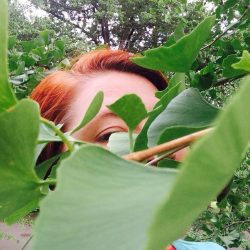This website’s contents were composed on land that was historically the territory of the Massachusett people. The Wampanoag and Nipmuc people lived nearby. In addition, there may be other Native American nations who lived on or traveled through these lands. The servers where the website is hosted are most likely located on land taken from other Native tribes through centuries of colonialism and genocide. I acknowledge that the land I live on is occupied territory, taken by force from the people who lived here for centuries before the arrival of European colonists. In spite of this brutal history, Native peoples across the world continue to preserve and celebrate their culture. I may not be able to reverse the entire course of history, but I can do my own small part to encourage truth and reconciliation in the relationship between descendants of European colonists and the Native people of these lands.
To that end, I read and admire the work of Native poets, follow them on social media, and contribute monthly to the works of the Mashpee Wampanoag, also known as the People of the First Light. If you also live on land affected by colonialism, I encourage you to educate yourself about the history of the people who lived there before colonists arrived, to seek out their descendants, and to learn how you can aid them in their continued struggles. I especially recommend that you read the work of U.S. Poet Laureate Joy Harjo; Pulitzer Prize-winning poet Natalie Diaz, and acclaimed poets Layli Long Soldier and Sherman Alexie. This page on the Poetry Foundation website includes links to many other Native American poets and essayists.
I also recommend that you include your own land statement in any classes you teach, or websites, journals, or books that you publish. The Native Governance Center website includes a very helpful guide on how to create a meaningful land acknowledgement statement.
